
Gas-fired power plants want long-term commitments to mobilize output, but this could pose financial risks and put pressure on electricity prices, according to EVN.
In a recent report to the Prime Minister , Vietnam Electricity (EVN) said that it has negotiated a power purchase agreement (PPA) with the Nhon Trach 3 and 4 gas-fired power projects and has begun negotiations with the Hiep Phuoc gas-fired power plant. However, they are facing difficulties because they have not yet agreed on the product consumption ratio, which is the commitment to the electricity output mobilized from these plants.
According to EVN, LNG power investors always request a uniform ratio of 72-90% for the entire contract term. This requirement comes from lenders to ensure stable cash flow for investors to repay their debts.
LNG suppliers and transporters also often require mobilisation rates to ensure long-term stability in fuel volume and price. This also helps them plan international sea transport, especially when Vietnam is a new and small market for international LNG suppliers.
However, EVN believes that accepting this condition will risk increasing electricity prices. Specifically, LNG has a high cost, at 12-14 USD per million BTU when imported to Vietnam's ports. Accordingly, the cost of electricity generation of gas-fired power plants using imported LNG fuel will be 2,400-2,800 VND per kWh, much higher than other sources of electricity.
Not to mention that by 2030, the total gas-fired power capacity is expected to account for about 15% of the total national power supply. With high power generation costs, large fluctuations and long-term output commitment requirements as above, EVN's input electricity purchase costs will be greatly affected, strongly affecting the retail output electricity price when LNG sources come into operation.
"Accepting the high rate as proposed by investors will create financial risks for EVN, especially in years when electricity demand is not high," EVN said.
At the same time, the group believes that the commitments are also unfair to other types of power plants. These plants currently do not have long-term commitments but implement them annually according to the actual balance of supply and demand. In fact, according to the orientation, this ratio will have to gradually decrease to increase competition through the spot market.
According to the Power Plan VIII to 2030, domestic gas-fired thermal power and liquefied natural gas (LNG) will reach more than 37,000 MW, equivalent to nearly 25% of the total power capacity. Of which, liquefied natural gas (LNG) power will be about 24,000 MW, accounting for about 15%.
According to this plan, by 2030, 13 LNG power projects will be developed, but none of them are on schedule. Currently, only Nhon Trach 3 and 4 thermal power plants, with a total capacity of 1,500 MW, are under construction and expected to be operational by the end of next year and mid-2025.
According to EVN's calculations, by 2023, if gas-fired power sources do not operate on schedule, it will affect electricity supply. The electricity output shortage from 2028 will be about 800-1.2 billion kWh. If demand increases, it could lead to a shortage of up to 3 billion kWh per year after 2030.
To avoid the risk of power shortages, EVN believes that it is necessary to clearly define a power rate through a long-term contract to ensure the harmony of interests of all parties. Therefore, the Group recommends that the Prime Minister decide on a suitable rate during the debt repayment period of the project. This is to ensure the feasibility of attracting investment in LNG power projects, avoid strong impacts on retail prices and ensure fair competition between other types of sources.
"This level needs to be decided by state agencies, to be applied to all projects," EVN said, suggesting that this figure could be around 65%.
Phuong Dung
Source link



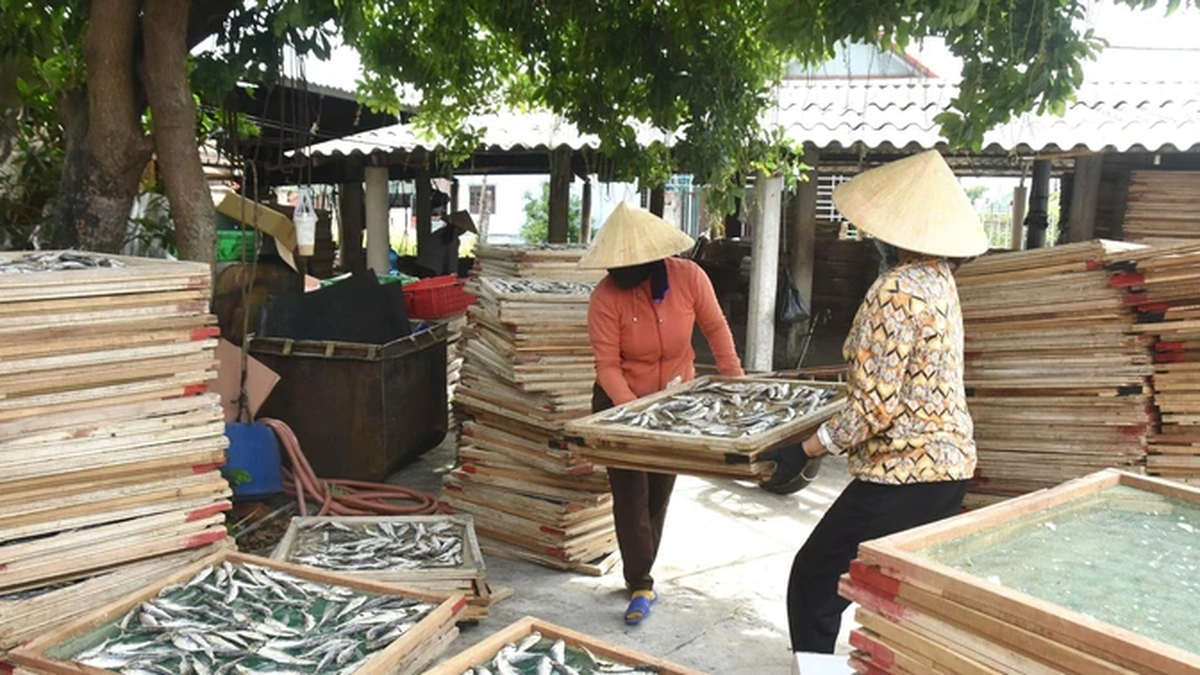
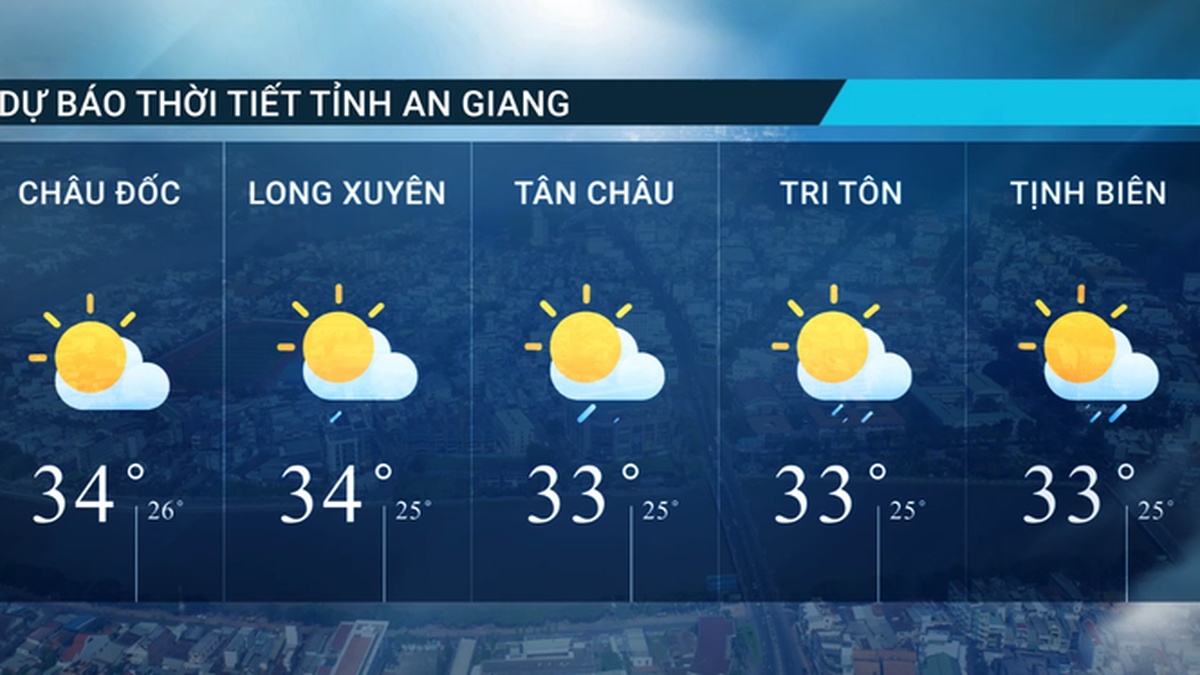
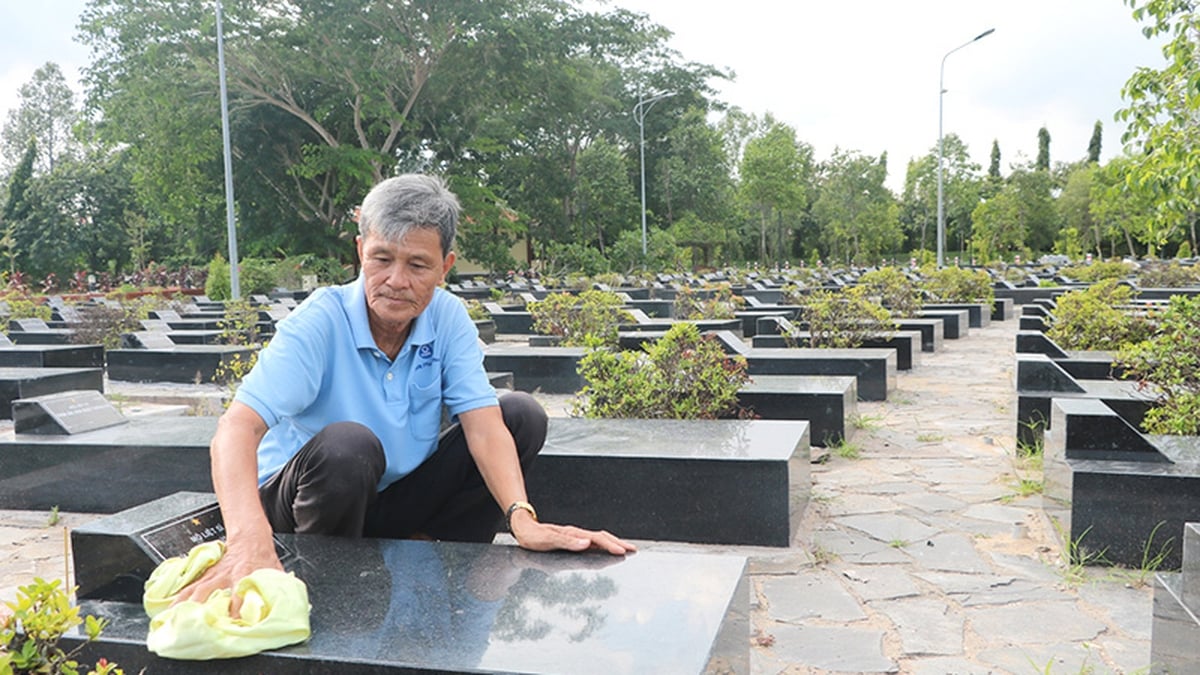
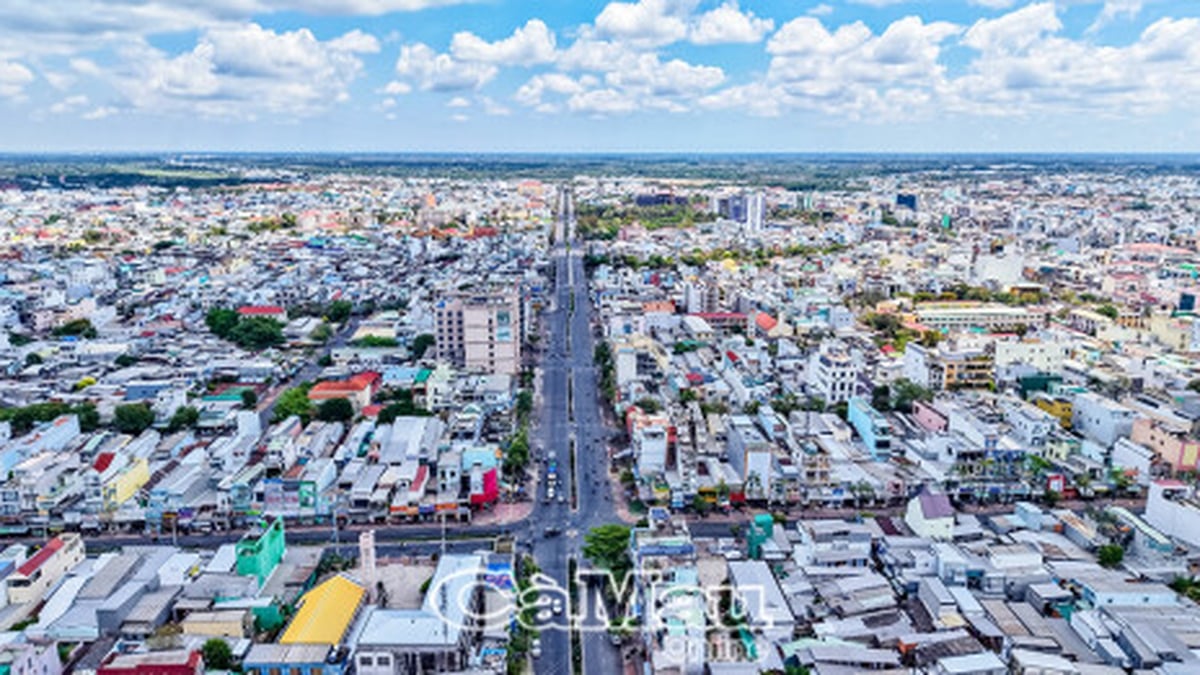
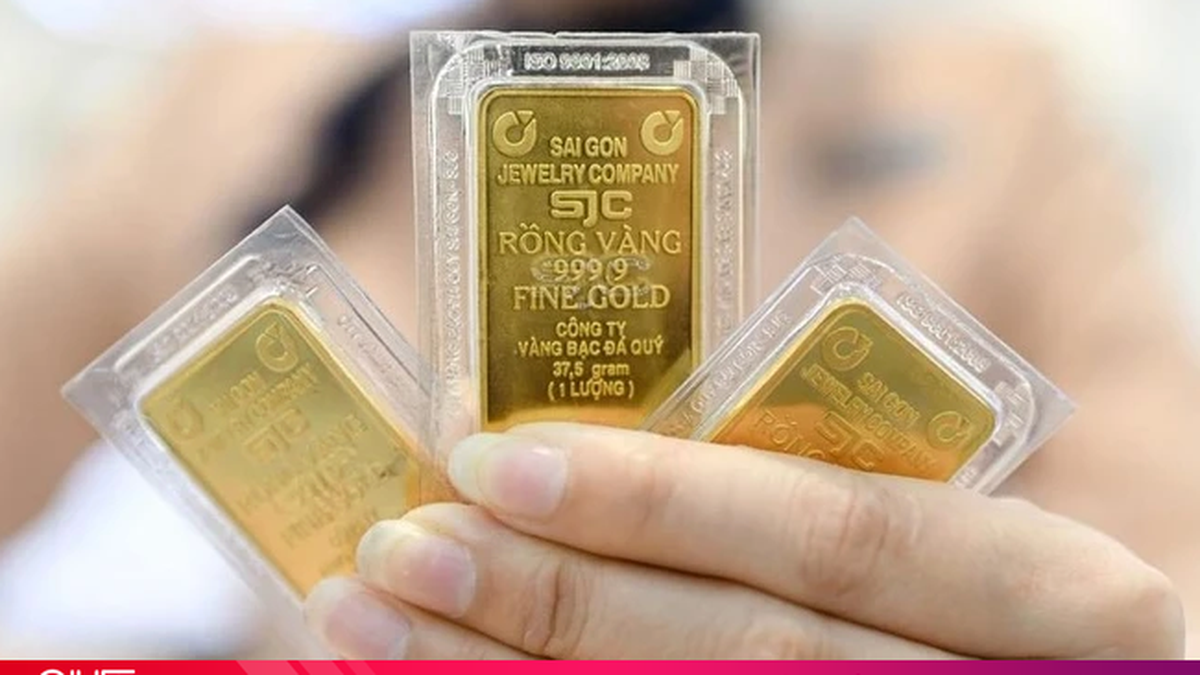
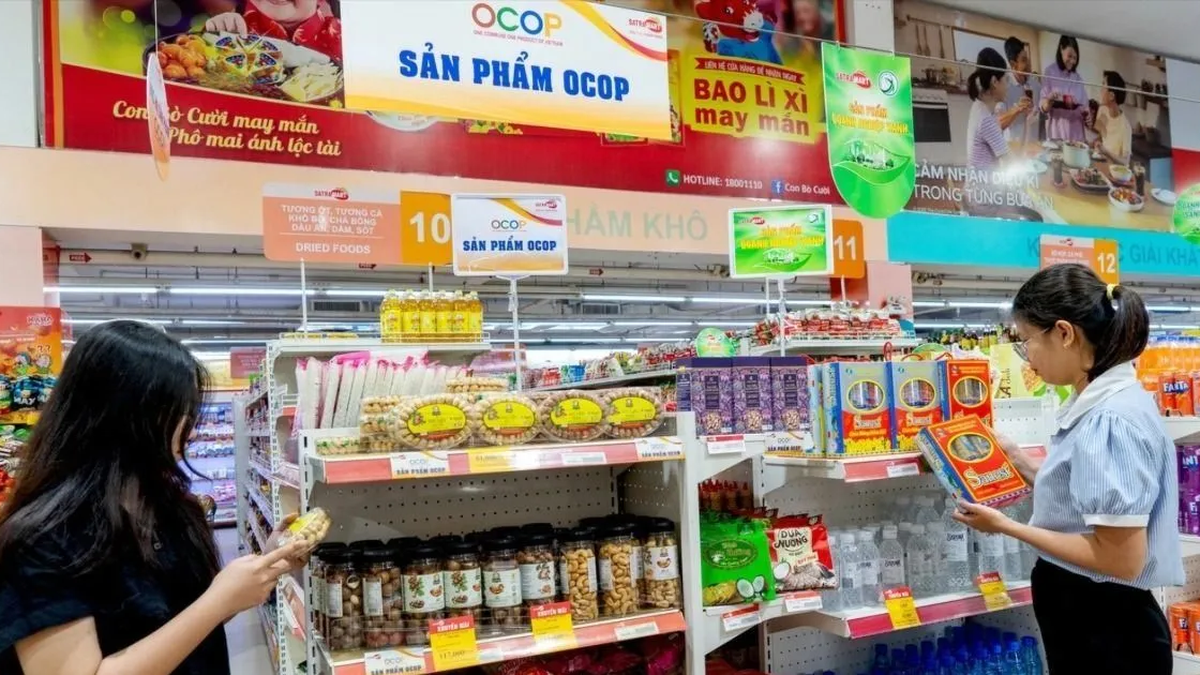
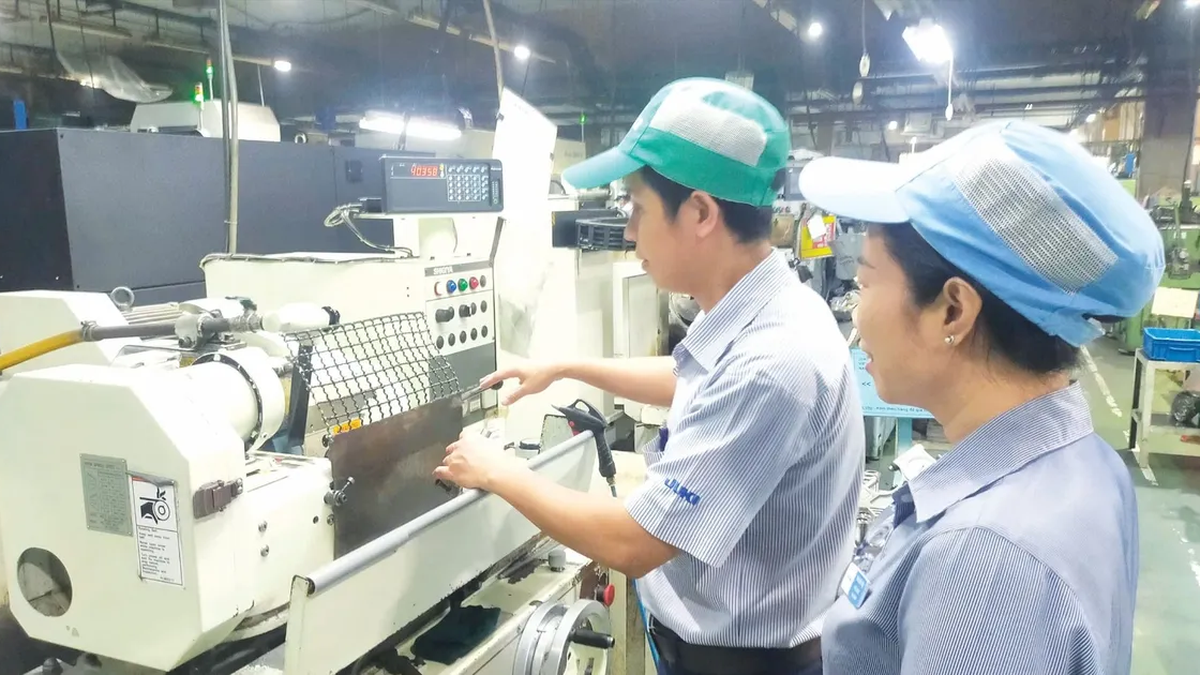

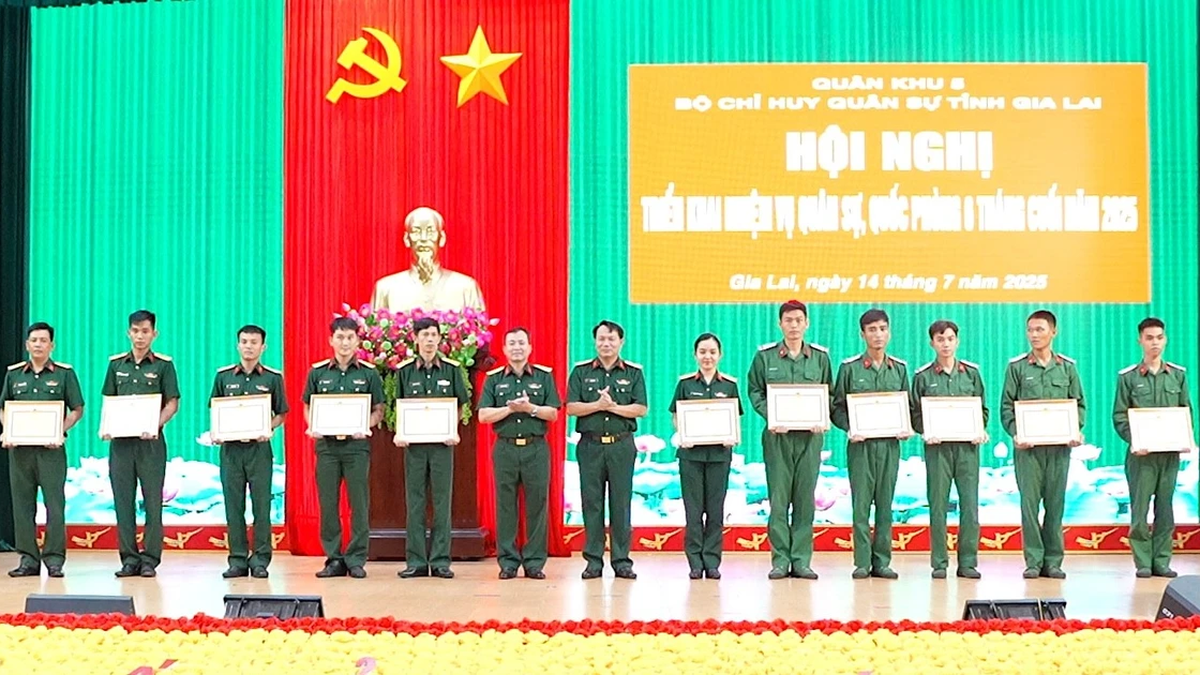






























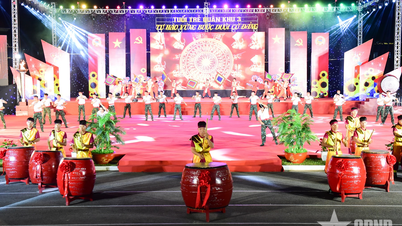








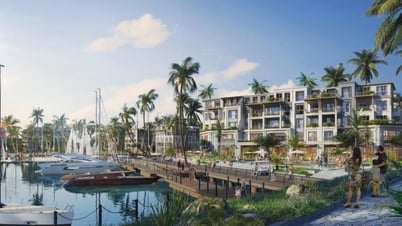
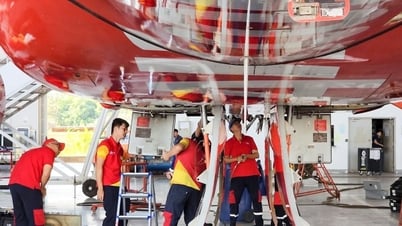

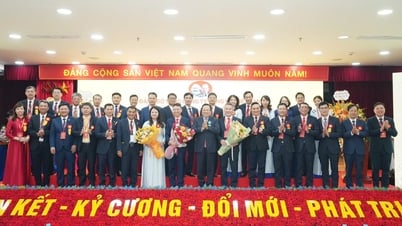









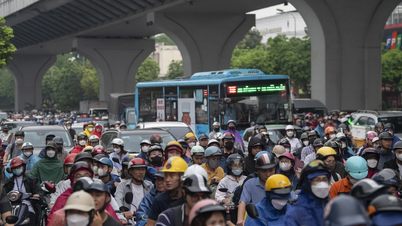
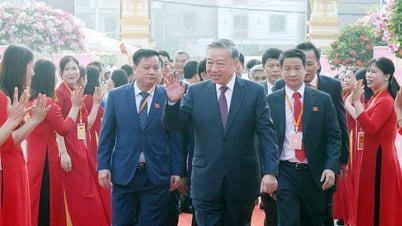
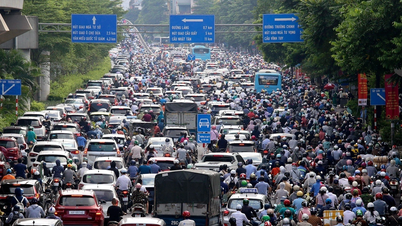
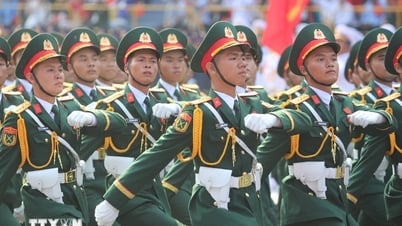
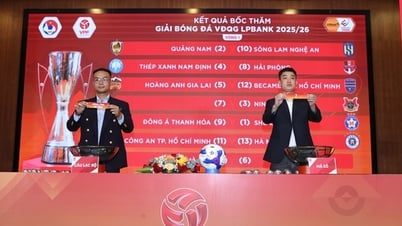


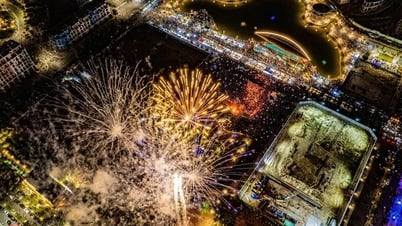
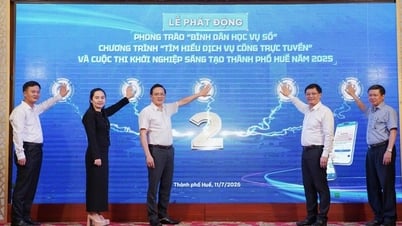



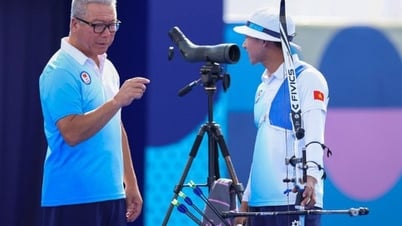
























Comment (0)